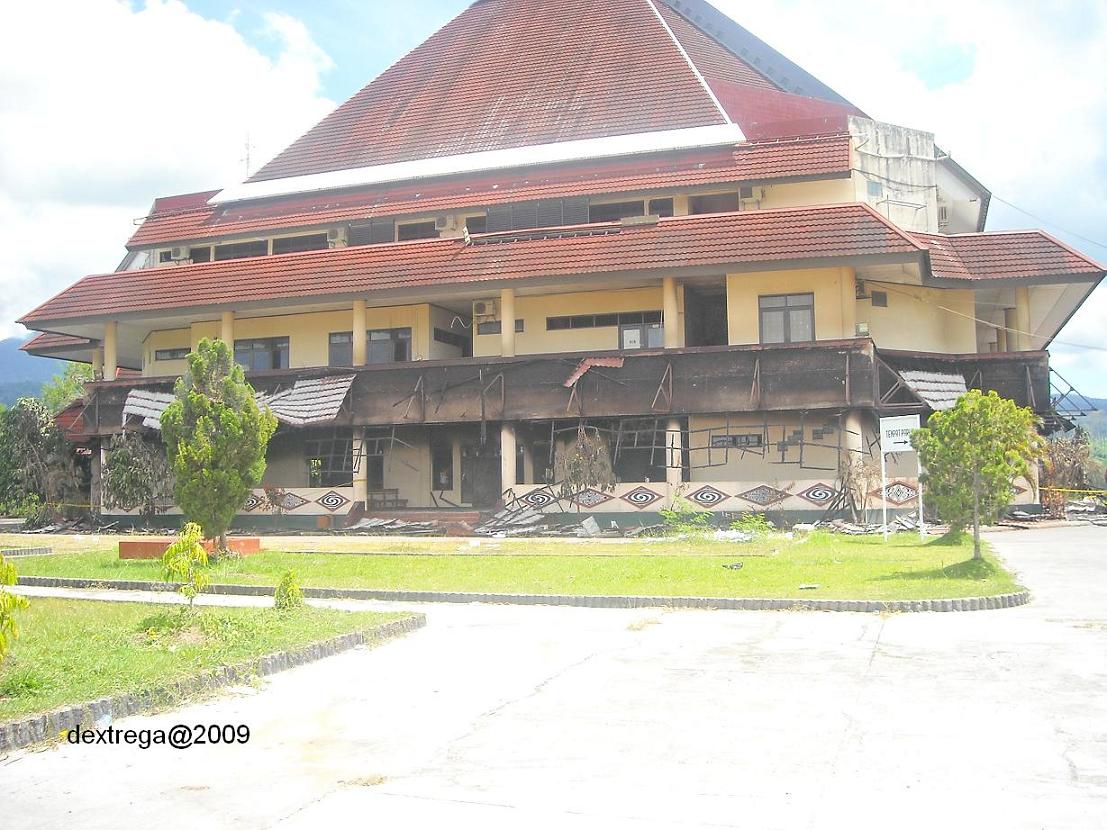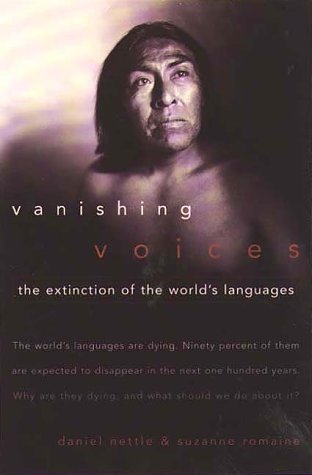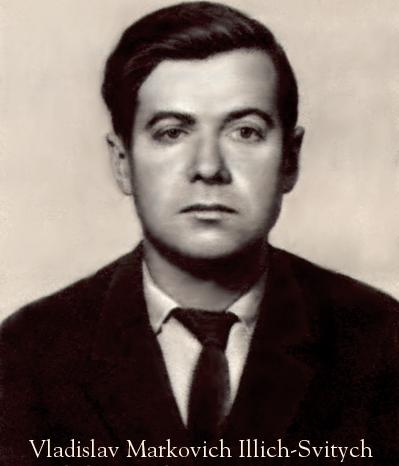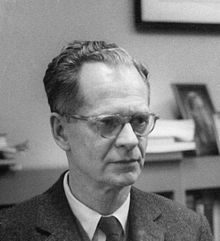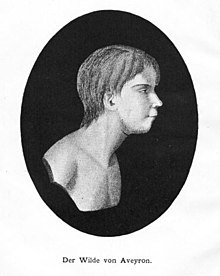 |
Movie poster for Windtalkers,
Hollywood's take on the
Navajo Code Talkers |
August 14
This
is National Navajo Code Talkers Day in the United States, commemorating
the Navajos who used their language as a weapon against the Japanese
during World War 2.
2001:
Ectaco, Inc. releases a speech translator. Weighing only 110 grams, the
device is claimed to be able to translate spoken English into spoken
French, Spanish or German.
AMERICAN INDIAN CODE TALK
Following a suggestion from a Philip Johnston, who had grown up in a Navajo reservation in Arizona, the American military in early 1942 hired a number of Navajo speakers for use as radio-telegraphists. Even if Japanese cryptographers could crack an ordinary code, chances were slim that they would be in a position to first crack the code, and then find somebody to translate the message from Navajo to Japanese.
The Navajo code-talkers were first used in battle on Guadalcanal in August of 1942. Not only was the code more difficult to crack for the enemy, but the Navajos were also more efficient, as they had the knowledge of Navajo in their heads rather than in a code book. In addition, even in the unlikely case that the Japanese should learn to understand Navajo, it would be impossible for them to imitate it with a native-speaker accent, and thus the risk of receiving fake messages was minimized.
The success was such that the code-talkers had their own body-guards, assigned to protect the valuable pool of competence.
In order to adapt the Navajo lexicon to the realities of modern warfare, words for various birds and fish were drafted in to serve as designations for aircraft and warships. Names for foreign nations were also coined, and ‘Australia’ was Cha-yes-desi, that is ‘rolled hat’, while ‘Britain’ was Toh-ta or ‘between waters’, and France Da-gha-hi—‘beard’. Other items for which Navajo lacked words were conveyed letter by letter in English, because Japanese overhearing the communication might get a clue as to the content of the message by understanding the English words. The spelling, however, was such that Navajo words were used for the initial letter of the corresponding English words. Thus, dze stood for the letter e, as the Navajo word means ‘elk’. In order to avoid repetitions, which might facilitate things for enemy code-crackers, the most common letters had two or three Navajo counterparts. In this way, the name Guadalcanal, which contains four instances of a could be rendered as klizzie, shi-da, wol-la-chee, lha-cha-eh, be-la-sana, dibeh-yazzie, moasi, tse-nill, tsah, tse-nill, ah-jad, with only one repetition. The whole chunk translates into English as goat, uncle, ant, dog, apple, lamb, cat, axe, needle, axe, leg—in other words ‘Guadalcanal’. The Japanese never did succeed in cracking the code.
Much of the code-talker activities were classified for a long time after the war, but they did get a late recognition as the National Navajo Code Talkers Day was proclaimed on August 14, 1982 by then American president Ronald Reagan (a local Navajo Code Talkers Day had been declared in New Mexico already on April 10). In 2002, the Hollywood film Windtalkers, starring Nicholas Cage, was made on the theme, and a monument to the Navajo language warriors has been erected in Phoenix, Arizona. Perhaps the surest sign of the veterans’ popularity is that the very phrase “Navajo Code Talkers” is now a registered trademark of the Navajo Code Talkers’ Association.
It should be noted, finally, that American Indians (in that case Choctaws) had been used for these purposes already in the First World War, though their history is less well documented. Also, even though the Navajos were the most numerous, members of other nations, such as the Comanches, also saw action in this role during World War Two.
A similar practice has been documented in South America. During the Chaco war against Paraguay in the early 1930s, the Bolivians used Chiquitano as a secret code.



